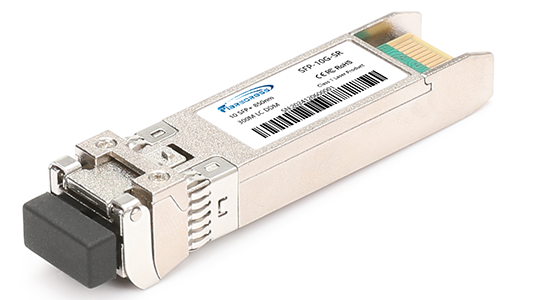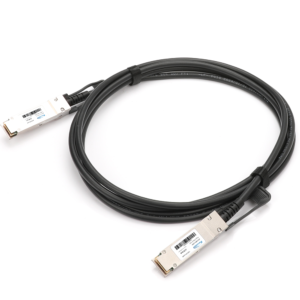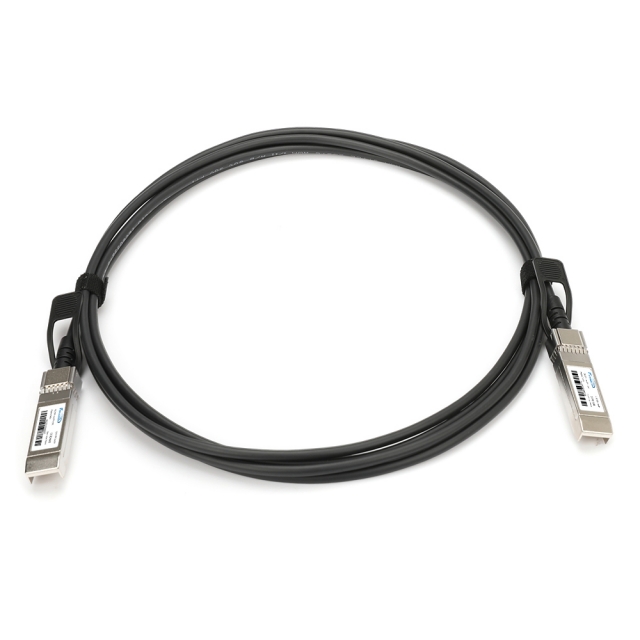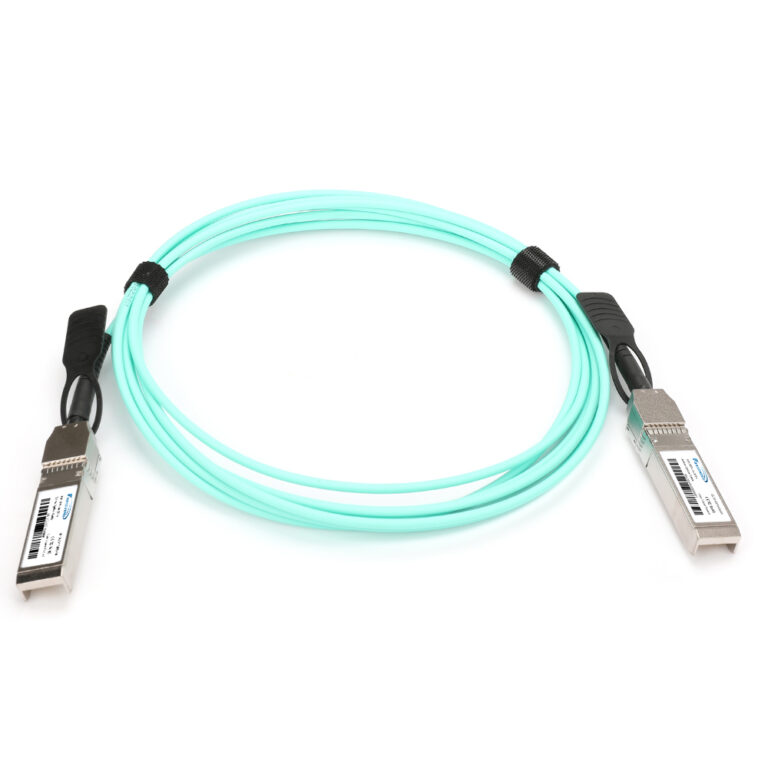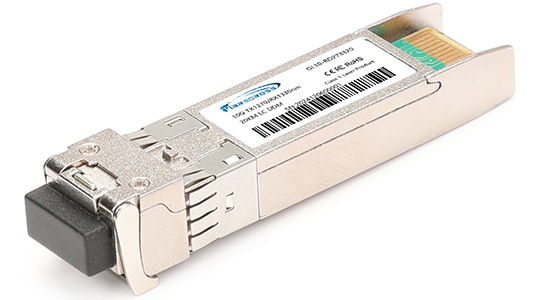The difference between 10G SFP+ DAC cable and 10G transceiver
For data center and enterprise networking teams choosing 10G connectivity, two common options appear: 10G SFP+ DAC (Direct Attach Cable) and 10G transceivers (SFP+ optical modules + fiber cabling). They both deliver 10 Gigabit Ethernet but differ in physical media, cost structure, reach, power, and deployment flexibility. This post explains the differences in plain terms, compares pros and cons, and gives clear recommendations so you can pick the right option for each use case.
Quick summary (TL;DR)
10G SFP+ DAC cable = fixed copper/optical assembly with SFP+ plugs on each end. Low cost, low latency, ideal for short links (usually up to 7–10 m for passive copper DACs, longer for AOC).
10G transceiver + fiber = SFP+ transceiver modules plugged into devices + separate fiber patch cables. Higher cost, longer reach (tens to thousands of meters depending on transceiver type), more flexible and serviceable.
Choose DAC for short, cost-sensitive links inside racks or adjacent racks. Choose transceivers + fiber for longer distances, future-proofing, and heterogeneous environments.
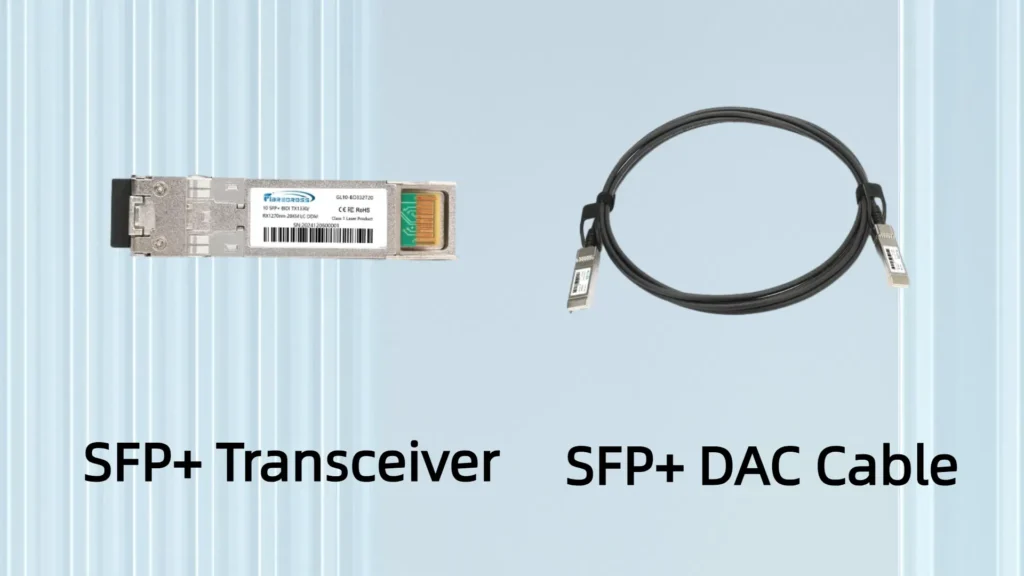
What is 10G SFP+ DAC cable
A 10G SFP+ DAC cable is a pre-assembled cable with SFP+ connectors at both ends. Two common types:
Passive DAC (copper twinax): No electronics in the cable — cheapest, very low latency, limited to short distances (commonly 1–7 m).
Active Optical Cable (AOC): Optical fiber inside the cable with electronics that convert electrical to optical signals — longer reach than passive copper (tens of meters to ~100 m depending on design) and still cost-effective for short runs.
Key attributes:
Extremely cost-effective per port for short distances.
Low power consumption (passive) and low latency.
Not field-repairable — whole cable replaced if damaged.
Vendor compatibility can matter (some switches enforce vendor checks).
What is 10G transceiver (SFP+) + fiber
A 10G transceiver (SFP+ optical module) is a small pluggable device that converts electrical signals to optical and vice versa. You plug a transceiver into each device’s SFP+ port and then connect the two with a fiber patch cable (single-mode or multi-mode depending on module).
Key attributes:
Supports much longer distances — multi-mode optics for 300 m–400 m, single-mode optics for kilometers (e.g., 10GBASE-SR vs 10GBASE-LR/ER).
Modules are field-replaceable and mix-and-match with fiber types and lengths.
Slightly higher cost per link (module + fiber).
Better for heterogeneous networks and future upgrades.
Side-by-side comparison
| Feature | 10G SFP+ DAC (passive / AOC) | 10G Transceiver + Fiber |
|---|---|---|
| Typical reach | 1–7 m (passive copper); 10–100 m (AOC) | 300 m (MMF) to multiple km (SMF) |
| Cost per link | Low | Moderate–High (module + fiber) |
| Power use | Very low (passive); AOC higher | Module consumes power (varies) |
| Latency | Lowest | Slightly higher (negligible in most cases) |
| Flexibility | Low — fixed cable length | High — change module or fiber type |
| Maintainability | Replace entire cable | Replace module or patch cable separately |
| Use case | Server-to-top-of-rack, switch stacking, short interconnects | Data center spine/leaf, campus links, long-distance links |
When to choose a 10G DAC
Use DAC when:
You need rack-to-rack or server-to-switch connections within the same rack or adjacent racks (short runs).
Cost per port and lowest latency are top priorities.
You want simple plug-and-play deployment without managing fiber.
Good choices: ToR (top-of-rack) server connections, switch stacking, short uplinks inside the same equipment cabinet.
When to choose 10G transceivers + fiber
Use transceivers + fiber when:
You need longer reach (tens of meters to kilometers).
You want flexibility to change media typ
es, or to upgrade later (e.g., migrate from 10G to 25G/40G/100G with different optics and fiber planning).
The environment requires fiber (EMI-prone, noisy electrical environments) or route constraints that fiber solves.
Good choices: aggregation or spine links across racks/rows, campus or building-to-building links, situations requiring hot-swappable maintainability.
Practical deployment tips (B2B / data center)
Inventory & labeling: Track cable type, length, and endpoints. DACs are often ordered in precise lengths — label both ends.
Vendor compatibility: Some switches lock optics to vendor IDs. Check compatibility lists or buy certified “third-party” optics/DACs tested for your switches.
Power & cooling: Transceivers consume more power than passive DACs; factor this into power and thermal budgets.
Spare strategy: Keep spare modules and patch cords for transceivers. For DACs, stock common lengths used in your racks.
Future-proofing: If you expect distance or media changes, prefer fiber + transceivers even if initial cost is higher.
FAQ
Only if your switch supports both SFP+ modules and has compatible SFP+ ports. Physical port is same SFP+ type, but you’ll need the correct transceiver and appropriate fiber cable.
Many DACs work across vendors, but some switches reject non-OEM cables/modules. Look for vendor-validated third-party DACs or confirm compatibility with your switch vendor.
Passive copper DACs are usually up to 7 meters. AOCs (active optical cables) can extend tens to about 100 meters, depending on design.
DACs (especially passive) have the lowest latency. The difference is tiny and only important in high-frequency trading or other ultra-low-latency applications.
Call to action
If you’re planning a rack refresh or building a new pod, map your distances first: use DACs for short, high-density connections and transceivers + fiber where reach and flexibility matter. Need help choosing parts and quantities for your data center? I can create a bill-of-materials (BOM) and cost comparison for your topology — tell me the number of racks, port counts, and average cable lengths and I’ll draft a recommendation.

